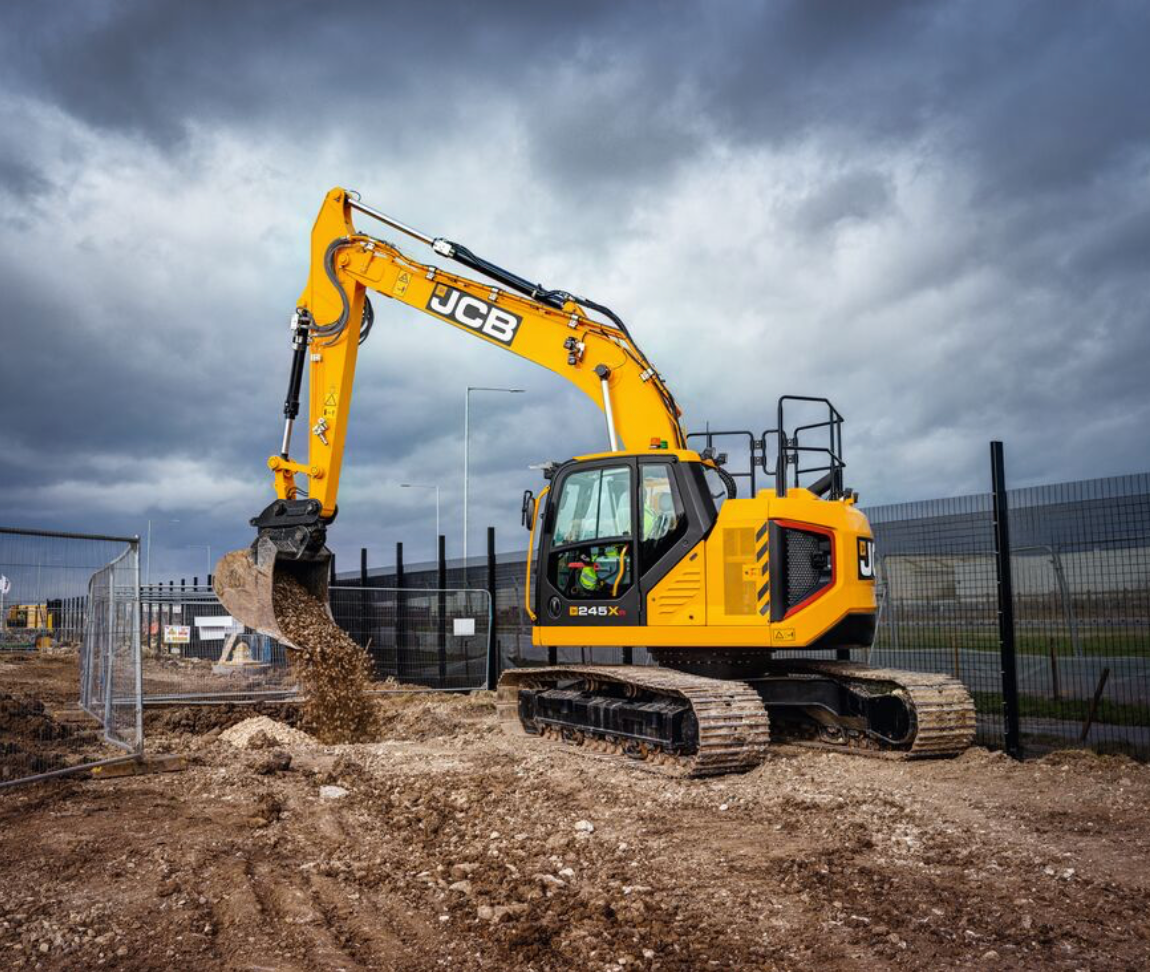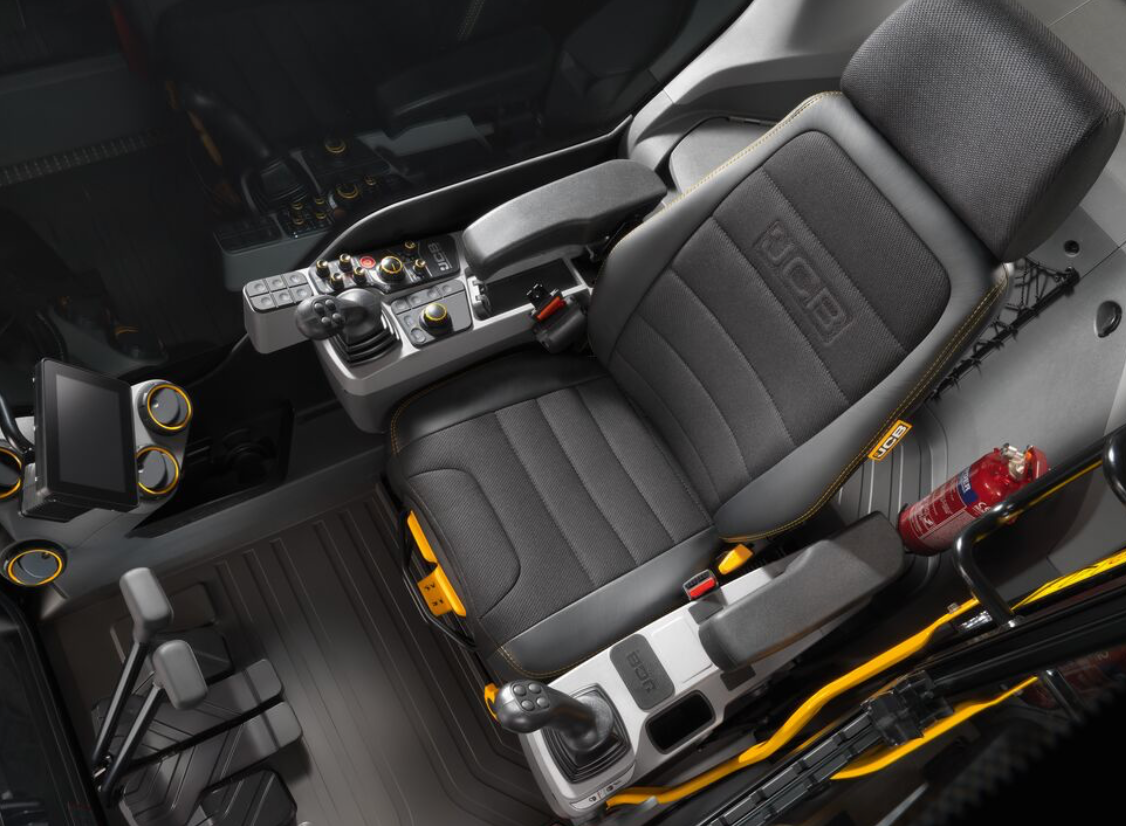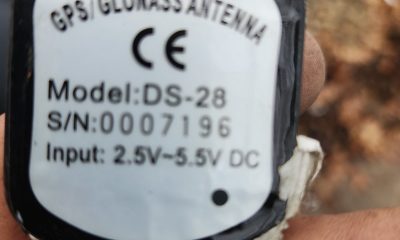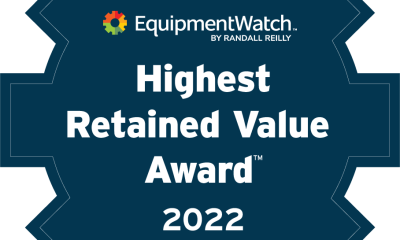Caterpillar is bidding farewell to its 259D3, 279D3 and 289D3 compact track loaders with the introduction of its new, next-generation 255 and 266 models.
The completely redesigned models debuted at media and customer events at Caterpillar’s Edwards, Illinois, Demonstration and Learning Center last week. The 255 and 265 offer improved engine performance, more lift height, a roomier cab and more standard technology than their predecessors.
“We kept the DNA of the D3 series while reimagining the possibilities of loader performance using voice of customer feedback to lead the way,” says Trevor Chase, product application specialist for Caterpillar. “Both next-generation models leverage the many benefits offered by the vertical lift design. The new Cat 255 replaces the 259D3, while the 265 replaces both the 279D3 and 289D3 machines.”
The CTLs are the last of Cat’s building and construction products to get the next-generation treatment and simplified nomenclature. The first number (2) represents the skid steer loader and compact track loader machine family; the middle number (5 or 6) designates the machine size; and the ending number (5) is the compact track loader identifier. Skid steers will be identified by a 0 end number. Additional new models will roll out in the coming months, the company says.
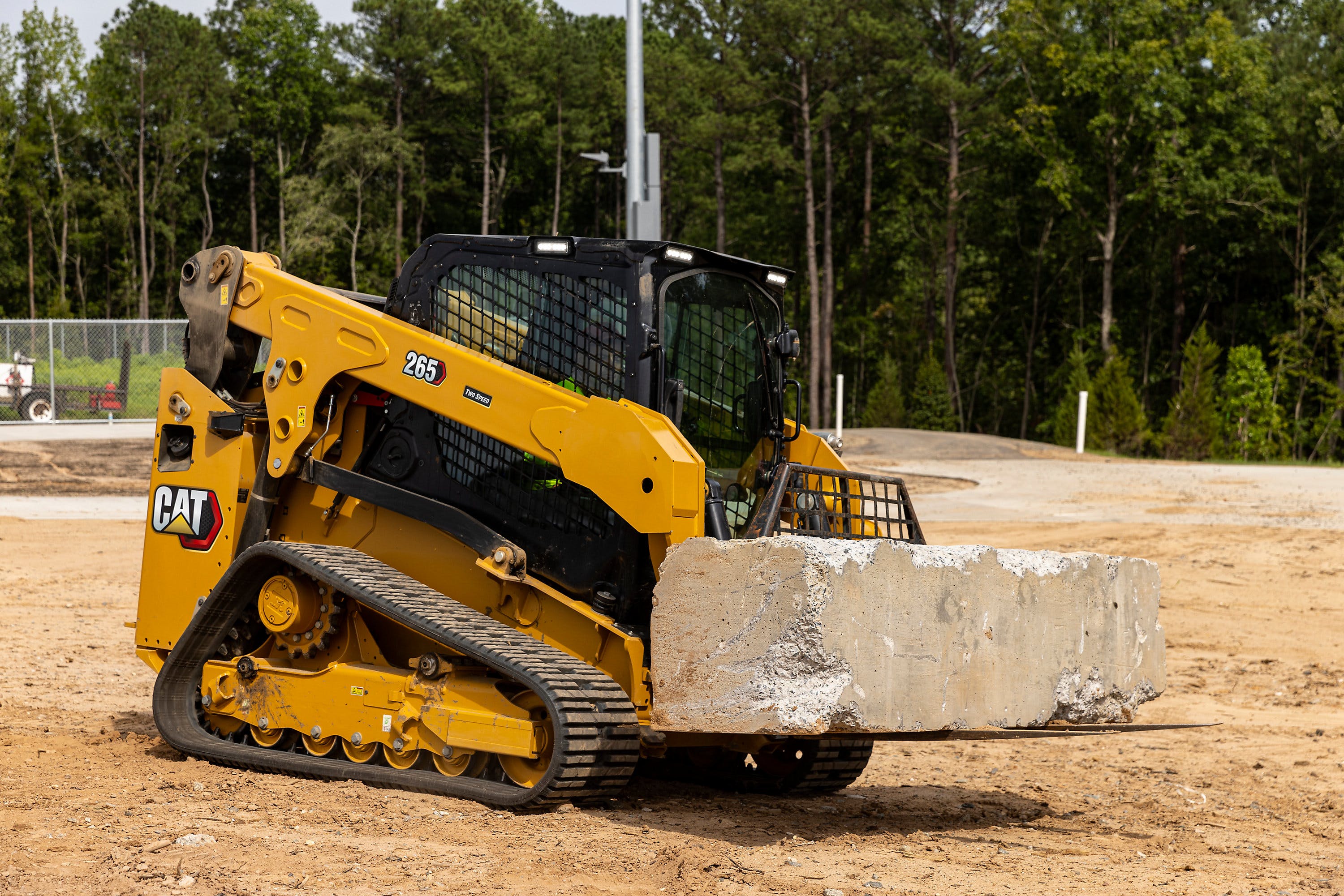 CaterpillarMore power and torque
CaterpillarMore power and torque
Cat equipped the 255 with a C2.8T engine and the 265 with a C2.8TA engine, both at 74 horsepower. This gives the new machines a significant boost in torque – 13% for the 255 and 43% for the 256 – over their D3-Series predecessors. The engine and cooling package are mounted lower in the frame for added visibility out the rear window and stability while lifting heavy loads.
Customers attest that the added lift height makes truck loading easier. The 255 offers 10 feet 4 inches of lift height, while the 265 can reach 11 feet high.
“The lift height has made a big difference when loading trucks,” said Derrick Roger, owner of Coast to Coast Lawnscapes, who spent several months testing the 255. “You can get on top of that truck now and empty the bucket; whereas, before you would have to shake the bucket to try to get the material to fall out.”
The 255 delivers 36% more tilt breakout, 26% higher lift breakout force and a 24% increase in rated operating capacity (ROC). The 265 also delivers 19% higher tilt breakout force and 22% higher lift breakout force.
Standard hydraulic pressure has been increased to 3,500 psi, allowing the 255 and 265 to operate all Cat Smart Attachments with the standard auxiliary hydraulics provided.
If demanding attachments require additional hydraulic flow, customers can have their Cat dealer activate the high flow functionality on the machine or remotely via software update. This makes it possible for the CTLs to hit 30 gallons per minute of flow at the standard system pressure.
A High Flow XPS factory option increases auxiliary hydraulic system pressure to 4,061 psi for both models, while also increasing the hydraulic flow to 30 gallons per minute for the 255 and 34 gallons per minute for the 265.
The torsion suspension undercarriage delivers better operator comfort, track wear and material retention, plus the stiffer design results in smoother graded surfaces, Cat says. A new 12.6-inch bar-tread narrow track option is available on the 255.
A more spacious cab
Cat says it has increased the cab width by 2.75 inches without making the machines wider and the footwell-to-ceiling height by 1.8 inches. The larger cab gives operators an additional 1.5 inches of hip room and 1.1 inches more width between the joysticks.
A range of new mechanical and air-ride suspension seat options are available, including a ventilated and heated seat. A new automatic temperature control allows operators to set a specific temperature. Relocated vents help cool or heat the machine quickly.
The standard package includes the same 5-inch LCD monitor as the D3 Series CTLs, which offers Bluetooth connectivity and functionality for the rearview camera feed, creep, job clock, and maintenance reminders.
Customers can upgrade to a new 8-inch advanced touchscreen monitor, like the display found in Cat’s next-generation mini excavators and small loaders. It delivers advanced radio control and supports the 270-degree multicamera option. The advanced monitor pairs with the advanced joysticks for integrated control of all machine functions and adjustments.
“You can adjust the movement – or the aggressiveness or the conservativeness – of how your tracks and lift arms work through your advanced touchscreen display,” Dante Thomas, skid steer and CTL marketing manager, said. “And you can control of all of your display functions from the advanced joysticks. There are buttons with enter and select functions on those joysticks that you’re able to change any functionality that is possible.”
Cat also redesigned the entry, making the 255 and 265 easier to enter and exit. The cab door can be opened even when the lift arms are not fully lowered to the frame stops. It can be removed without tools in less than one minute.
Advanced technologies
Calling the 255 and 265 “one of the most attachment-friendly machines on the market,” Thomas says both the standard and advanced monitors can run Cat Smart Attachments, such as the dozer and grader blades and backhoe.
“It has attachment recognition that when you plug the attachment into the machine, it recognizes which attachment is connected. It adjusts your joystick pattern, so it gives you intuitive and simple control,” says Thomas.
The available Cat Product Link Elite system tracks machine hours, location, asset utilization, provides fault code details and delivers advanced monitoring and machine health, that is remotely accessible via VisionLink. In addition, Product Link Elite provides remote flash and troubleshooting capabilities and quickly enables the remote activation of the SEA High Flow feature.
[embedded content]

 Business5 years ago
Business5 years ago
 Business3 years ago
Business3 years ago
 Tech3 years ago
Tech3 years ago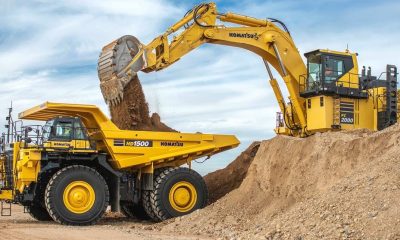
 Tech2 years ago
Tech2 years ago

